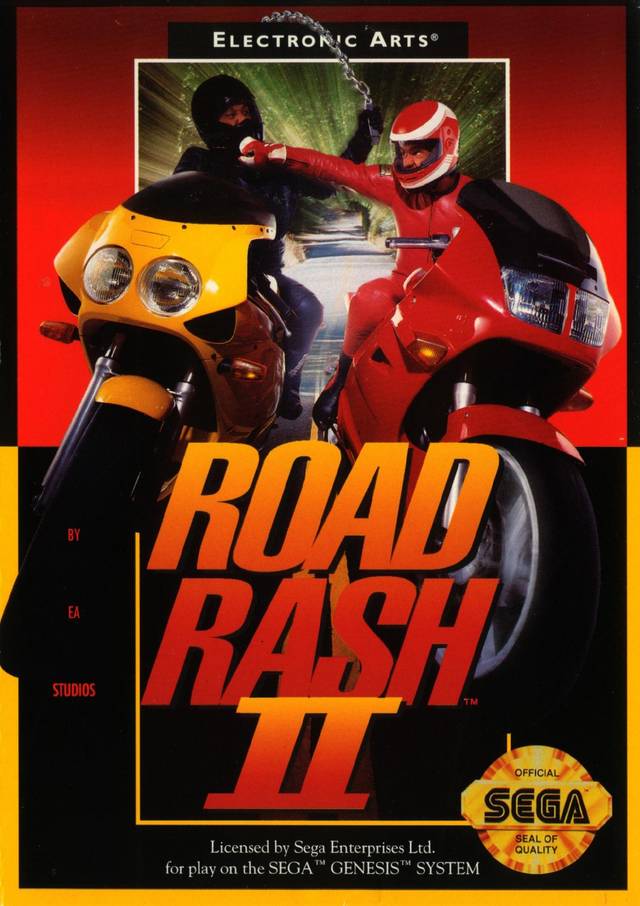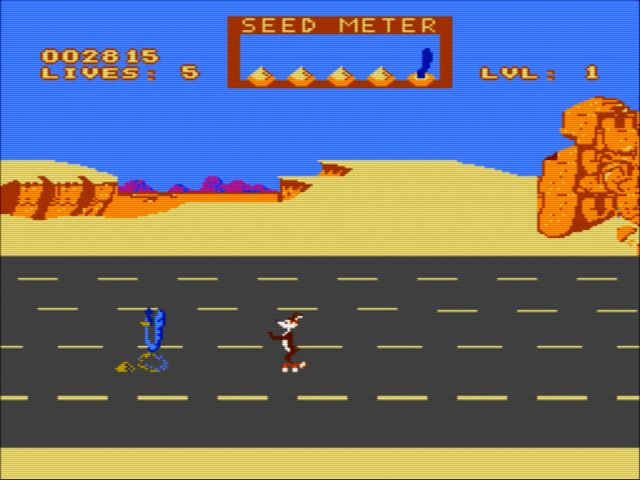
As Road Runner you have to try to avoid being caught by Wile E. If you catch the Road Runner then he'll explode into ACME flags and a clock.

you can try to catch the Road Runner, though it's not essential to game completion. Both characters will have to avoid traps and obstacles. Press left and right to highlight the name of the character you want to play, and then press Start. Directions:įirst, you choose which character you prefer to be. It's not overly challenging or long, but it is still worth trying out.

Not only will it make any fan happy with the amount it was true to the cartoon, but the game itself is fun to play. fan, or are you on the Road Runner's side? The look is as vibrant and colorful as you would want the cartoon to be, with lots of ACME devices to interact with (or avoid).

Sound effects, music and paraphernalia all accumulate to give you the impression of watching a cartoon with these two zany characters in it. With seven distinct versions, it also has the largest number of licensed versions of any console.A great little game starring a couple of everyone's favorite Loony Toons headliners. The Genesis also supported a number of add-on components (32X, CD, Power Base Converter), making it one of the most flexible systems ever developed. The Genesis could do things that the NES simply couldn't. Sega also focused attention on its better graphics, speed, and sound, especially after the release of Sonic. Sega marketed the Genesis as hip, cool, and edgy. These efforts were often successful, Nintendo Exclusivity Clause not-withstanding. In addition to porting over popular coin-op games, Sega executives worked hard to lure developers away from Nintendo. The Genesis was developed with the American market and consumer in mind. They are even available for download on the Nintendo Wii Virtual Console. Genesis games are re-released even today as part of collector's editions for the PS2, PSP, and other systems. Games continued to be released internationally as recently as 2002. It was the first successful 16-bit system, with a 14-year lifespan second only to the Nintendo Game Boy. It also inaugurated the Console Wars of the 1990s.

Released in 1989, the Sega Genesis heralded the coming of the 16-bit era.


 0 kommentar(er)
0 kommentar(er)
